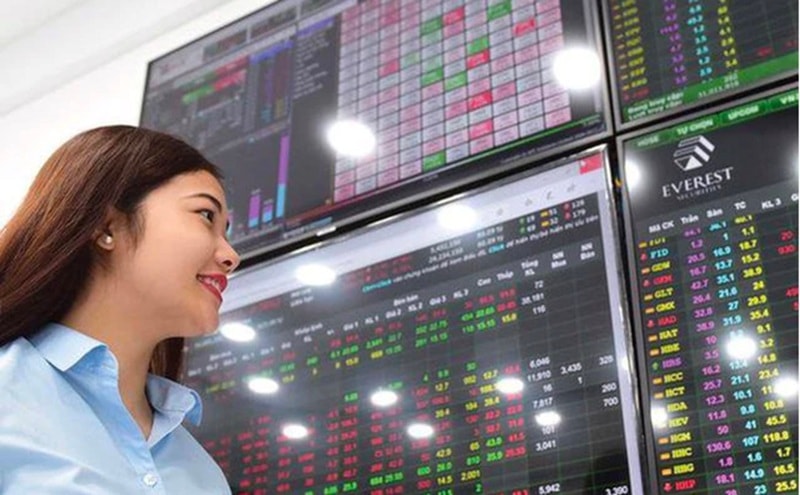Liquidity weakens, but cash flow continues flowing into VN30 stocks
Vietnam’s stock market is entering a period of declining liquidity, yet the VN30 blue-chip group continues to provide enough momentum to support the major indexes.

With just over a month left before the market closes out 2025, the key question is whether VN30 stocks will remain the driving force behind the market’s performance.
So far, market liquidity has been moving sideways. The average daily trading value hovers around VND 20 trillion, suggesting that major capital inflows have yet to return.
However, despite the lack of improvement in overall liquidity, a notable trend is that capital is not dispersing; instead, it is concentrating mainly in leading large-cap stocks that have significant influence on the VN-Index — including banking, securities, real estate, steel, and retail.
According to analysts, within Vietnam’s stock market structure, leadership typically rests with the VN30 basket. These stocks, with their large market capitalization and high liquidity, play a decisive role in steering overall market movements. When VN30 breaks out, the ripple effect often lifts the broader market.
During the November 17 trading session, momentum was evident in several key sectors. Banking stocks such as VCB, VPB, CTG and SHB recorded liquidity higher than their 20-session average.
Securities stocks (SSI, VCI, HCM, VIX) also saw improving volumes compared with September and October, reflecting a more positive market outlook.
Steel, represented by HPG, attracted foreign buying on expectations of recovering construction and public investment demand.
In retail, MSN continued to draw both domestic and foreign inflows and is expected to remain one of the most notable liquidity magnets within VN30.
The cautious yet visible return of capital to the market—particularly into VN30—is not accidental. It is supported by a combination of macroeconomic conditions and corporate fundamentals.
Deposit rates remain at their lowest levels in years. Short-term rates at the Big 4 state-owned banks are significantly below the expected returns from equities. With lower opportunity costs, idle capital from households and businesses tends to shift toward higher-risk investment channels, with stocks being the preferred option.
Experts also note that from now until year-end, cash flows are likely to stay concentrated in VN30 because this group is set to be included in the upgraded index baskets during the upcoming review. FTSE Russell has formally announced details of Vietnam’s stock market reclassification, identifying 28 Vietnamese stocks that meet the criteria for inclusion in the FTSE Global All Cap index.
The upgrade decision will take effect in September 2026. Before that, FTSE Russell will conduct another assessment in March 2026 to determine whether Vietnam has made sufficient progress in improving foreign investor accessibility. After the September 2026 review, Vietnamese stocks will exit the FTSE Frontier Index and be added to the FTSE Global Equity Index Series (GEIS) in several phases.
Projections show that Vietnamese equities may account for:
-
0.04% of the FTSE Global All Cap
-
0.02% of the FTSE All-World
-
0.34% of the FTSE Emerging All Cap
-
0.22% of the FTSE Emerging Index
Among the 28 eligible Vietnamese stocks, four are classified as large-caps: HPG, VCB, VIC, and VHM. Three are classified as mid-caps: MSN, SAB, and VNM. The final list of small- and mid-cap stocks will be announced by FTSE Russell during the semi-annual review in September 2026.
For these reasons, there is a solid basis for capital to continue favoring VN30 stocks. This group is expected to remain the market’s primary driving force from now until the end of the year.








